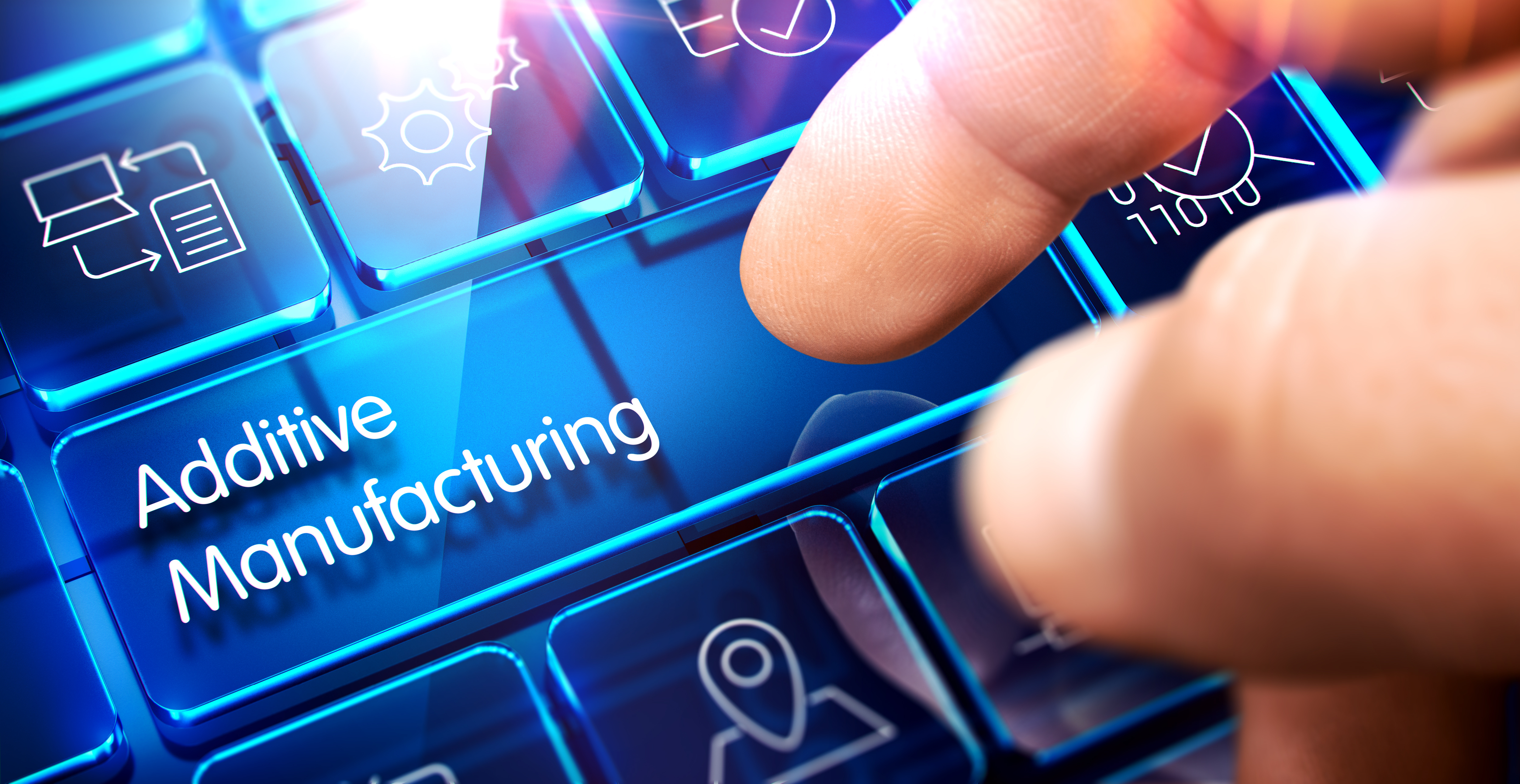ReBi - Resource-efficient component innovation through additive manufacturing processes in the Bavarian and Austrian border region
By using additive manufacturing technology, designers can meet the growing demands to develop innovative products that meet the goals of climate protection. The layer-based construction method enables the production of components with new geometries and material combinations that could not be realized before. There is great potential, particularly in terms of lightweight construction and functional integration, as well as in material-related developments such as graded material transitions and improved specific strengths.
Although additive manufacturing technology has completed the paradigm shift from prototype processes to (small) series production, there are still hurdles to implementation, particularly for small and medium-sized enterprises (SMEs), as they often do not have the necessary manufacturing expertise. In the Bavaria-Austria border region, there are many SMEs that need support in order to remain competitive and secure jobs.
The research project aims to explore new approaches for materials, processes and product design in order to realize resource-efficient component innovations with the help of additive manufacturing. Finally, the results are to be made available to SMEs in the form of a competence center, training courses, consultations and demonstrations.
Project background
Established research institutions are showing a constant interest in the further development of additive manufacturing processes and the associated possibilities in component design and manufacturing processes. The ongoing Innovation of the processes results in increasing amounts of data in the respective fields and can be overwhelming for new users. The variety of possibilities with additive manufacturing in the field of lightweight construction appears unmanageable for non-involved specialist circles and can ultimately result in reluctance.
The research project is intended to pick up small and medium-sized companies in particular at this point and simplify the integration of additive processes into lightweight construction. As a result, locations in the Bavarian-Austrian region should be consolidated and remain competitive with innovative processes.
Project objective
In summary, the project aims to establish a knowledge management system for small and medium-sized enterprises in the Bavarian-Austrian border region. In an effort to realize the objective in the best possible way, the following Project objectives are to be achieved:
- Realization of a competence center for functionally optimized innovative components using additive manufacturing processes with the provision of consulting and training opportunities.
- Provision of new approaches for the development and design of sustainable lightweight structures, individualized solutions and digitalization of production and guidelines for economic feasibility studies.
- Material, process and procedure development for the expansion of possible applications for additively manufactured lattice structures. The focus here is on both powder-based and wire-based processes with metallic materials in order to solve existing geometric and mechanical restrictions.
- Creation of simulation models for efficient component design with lattice structures, through which the potentials of additive manufacturing with regard to structural optimization in terms of stiffness, buckling stability, strength, energy absorption and load transfer on monolithic and hybrid structures are to be explored and evaluated.
Project procedure
The project is categorized into three work packages: The development of the fundamentals in the construction and design methods for the metallic additive processes (WP1), the process and material optimization in the developed processes based on lattice structures (WP2) and the transfer of the scientific results obtained into a knowledge management system so that SMEs in particular can benefit from them.
The systematic implementation of specific subtasks in the work packages and the associated internal communication between the project participants should generate a comprehensive knowledge archive. This knowledge archive results from bringing together and integrating the expertise of all project partners. Through the exchange of knowledge and experience, best practice methods can be identified and innovative solutions developed.
Innovation
The aim and innovation of the project is to provide a knowledge center for the additive manufacturing of metallic materials. SMEs, higher education and research institutions, education/training centers and schools and business support organizations will benefit from the processed information in the areas of materials, design, manufacturing and simulation with a focus on lattice-structured lightweight construction.
Sub-project lead
Project staff
T +49 (0) 8031 / 805 - 2953 daniel.schlemmer[at]th-rosenheim.de
ORCID iD: 0009-0003-3004-3749
Project duration
2023-04-01 - 2027-03-31Project partners
Project funding

Funding programme
Interreg Bayern-Österreich


